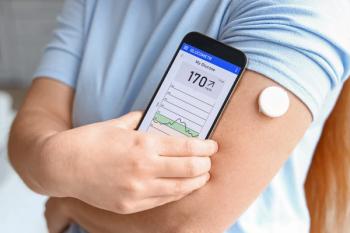
Health System Specialty Pharmacists Elevate Care Across Clinical Spaces
The expertise of health system specialty pharmacists, combined with better adherence and better affordability, leads to better patient outcomes.
Like pharmacists practicing in the community space, health system specialty pharmacists have a lot to offer patients when it comes to clinical care, according to Bill McElnea, vice president of population health at Shields Health Solutions.
“When we started in on this space, we weren’t exactly sure how the model was going to translate into these non-traditional spaces,” McElnea said, “but it translated very well.” Today, medication adherence rates are high across the Shields Health Solutions network: medication adherence rates within their diabetes programs are 90% proportion of days covered and the average medication copay is around $10, “which is a real game changer for clinics as well.”
In the diabetes space in particular, better adherence and better affordability taken together have resulted in an average 1-point
McElnea sat down with Drug Topics at AXS24, the Asembia Specialty Pharmacy Summit, held April 28 to May 3 in Las Vegas, Nevada.
Newsletter
Pharmacy practice is always changing. Stay ahead of the curve with the Drug Topics newsletter and get the latest drug information, industry trends, and patient care tips.




































































































































